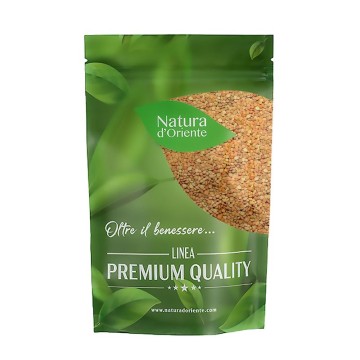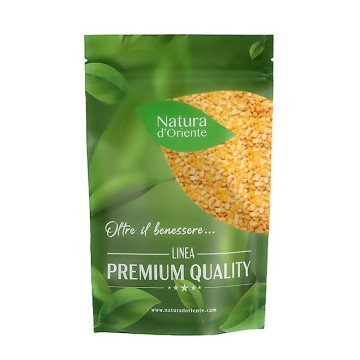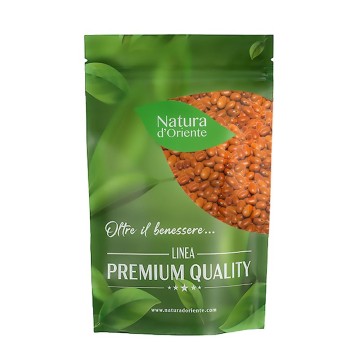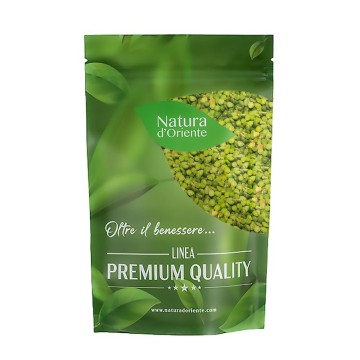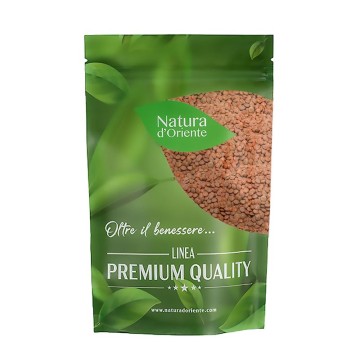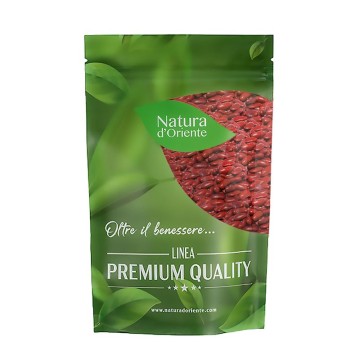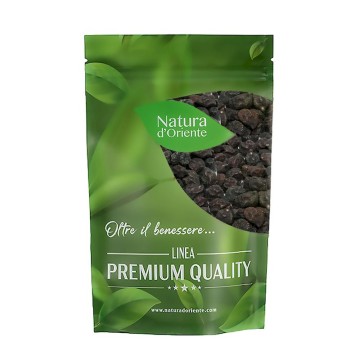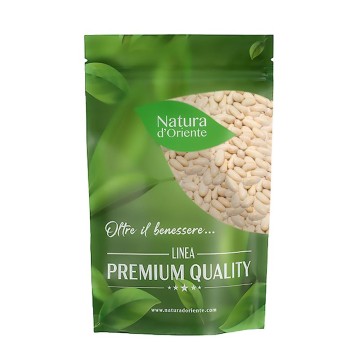Black beans are one of the most nutritious foods ever, which is always great to include in your daily diet. They contain a lot of fiber and protein, they satiate and give various elements that are beneficial to health.
Argentine black beans: properties and benefits
This type of beans, dark and from Argentina, are beneficial for their content of folic acid, omega 3, calcium, magnesium and iron.
These are nutrients that balance the body's nutrition, helping it to maintain heart health and prevent various ailments. Eating black beans regularly can also help maintain digestive health and regulate blood sugar levels.
From the point of view of health during digestion and intestinal transit, black beans contain numerous fibers that promote healthy digestion - eliminating toxic substances in the intestine. The proteins and fibers make the food lighter and softer, and favor the transit from the stomach to the large intestine - in an anti-constipation function.
Black beans contain many flavonoids , antioxidants that work to eliminate various negative effects of free radicals in the body - such as cellular aging.
The content of folic acid (vitamin B9) in black beans also plays a significant role in strengthening the immune system. This acid also contributes to blood regeneration, along with iron - always contained in black beans.
Consuming black beans regularly can also decrease the absorption of cholesterol in the blood, and regulate sugars. The fiber contained works to eliminate bad cholesterol, and prevent excess blood sugar. The magnesium content in black beans is also strongly associated with the well-being of the muscles, cardiovascular circulation and blood pressure; while other mineral benefits are zinc and manganese.
Black beans are foods containing various phyto-chemical benefits for the health of the nervous system, such as magnesium, vitamin B6, and folate which produce essential amino acids for proper functioning of the nervous system.
In particular, Argentine black beans, typical of South American crops, contain a lot of vegetable proteins and are used in vegetarian and vegan diets as an alternative to animal or milk proteins.
Origins and History of cultivation
Their history as an energy food is ancient, and the famous pasta and beans has been the alternative to eating meat for centuries. Even today, beans are considered a valuable food for a complete nutritional meal, and black beans in particular for their enzymes and antioxidants.
Argentine black beans are one of over 500 varieties of beans, also known by local Spanish names such as frijoles negros .
These are dull, round and small black beans, which date back to at least 7,000 years ago, when they were a staple in the diets of the peoples of Central and South America.
This bean originally from South America has increased its mass consumption in recent years, and is now easily traded, as it can be stored for a long time. In fact, black beans begin to lose their moisture after 1 or 2 years.
Originally from the Americas, black bean has become popular all over the world, and is very popular in the cuisine of Louisiana, in the USA. Christopher Columbus introduced some bean plants to the Mediterranean in 1493 when he returned from his second voyage to the Americas. And, since then, many varieties of the plant have developed.
Before importation, beans of the Asian genus Vigna were present in Europe and Asia, which were totally supplanted by this more prolific species.
This success is also due to their characteristics. When cooked, they have a creamy texture with a strong and slightly sweet flavor.
Black beans are the size of an oblong pea, with a less pronounced boat shape than classic beans. As the name suggests, black beans have black skin and a white center. Several types of black beans are grown to date, including Domino, Black Magic, Blackhawk, Condor, and Raven.
Plant and Fruit
The plant that gives the beans is Phaseolus vulgaris, and is part of a large genus of annual plants of the pea family, native to Central and South America - a part some species native to North America.
A characteristic of beans is that they are legumes that acquire nitrogen from the air. The plant features compound leaves, symmetrical pea-shaped flowers in leafy clusters and elongated pods containing three to over a dozen seeds.
The colors and shapes of the pods (green, purple or yellow) and of the seeds vary a lot, and for this there are many varieties. The flowers, too, are pink, red, white or yellow.
The common names given to the varieties of seeds (beans) generally refer to their culinary use.
Commercially, most beans of the genus are classified as pod beans, shell beans (the pod is not eaten, but the beans are shelled from the pod when puffy and dried before full maturity), or dried beans (removed from the pod at full maturity only after complete drying - they make noise inside the pod).
Dried beans include black beans, cranberry beans, kidney beans, pinto beans, white beans, blue beans, yellow beans and cannellini beans.
Black beans are about the size of a pea, with a less pronounced boat shape than classic white beans. They have a black and satin skin, and a white center.
Bush varieties of Phaseolus vulgaris generally grow to over 80cm in height. Climbing or creeping varieties need a support structure to grow on, but can be allowed to crawl along the ground.
It is best grown in moist, fertile soils, rich in organic matter, well drained and in full sun. The bean harvest time is approximately 45-60 days for common bush beans, 55-65 days for pole beans, and 75-100 or more days for nut / dried beans.
Nutritional values of black beans
Black beans are packed with nutrients and full of flavor; for this they are appreciated by many cultures around the world.
Analyzing 100 grams of black beans we see that they make 286 kcal available, as well as proteins (about 20%), fats (2.1%), carbohydrates (about 33 g) and fibers (about 9%).
Among the nutritional properties are present in black beans good levels of calcium (about 27 mg / 100 g), iron (about 2 mg about), phosphorus (about 140 mg), magnesium (about 70 mg / 100 g), copper (0.20 mg) and potassium (about 355 mg / 100 g) and excellent doses of manganese (about 0.5 mg / 100 g), selenium and zinc.
By consuming black beans, you assimilate: vitamin B6, riboflavin, niacin, thiamine (0.244 mg / 100 g), good doses of folate - vitamin B9 (about 150 mcg / 100 g ), traces of Vitamin E (alpha-tocopherol) and vitamin K (about 3 mcg).
How to consume black beans in the kitchen
This strain is known for creating a dark-colored soup with an intense, sweetish flavor, and is often paired with many types of vegetable dishes.
As with most legumes, black beans must be rinsed before use, and soaking months for more or less 12 hours. Once cooked, after about 1 hour, they can be enjoyed cold, cooked, pureed or baked.
To cook the beans already soaked: rinse under water, then add three parts of water to one part of beans, bring to a simmer over low heat for an hour or more . You understand when the beans are tender, when they are skewered with a fork. Dried beans can also be prepared in a pressure cooker.
To decide how to taste them, it is good to know that black beans are soft, creamy and delicate. They don't taste too strong, which is why they are versatile. They take flavor from the salt and the ingredients with which they are cooked.
Depending on the type of food, black beans can be tasted in different ways. For breakfast, for those who love South American breakfasts, black beans are served alongside eggs, rice and tortillas. They are delicious cold in a salad, crushed to make a sauce or mixed in a hambvegetarian urger.
For more substantial dishes, you can think of healthy and satiating soups; in addition, dishes such as black beans and rice, black bean chili are very popular.
Black Bean Recipe: Mexican Vegetarian Casserole
Ingredients: 2 cups chopped onion - 1 1/2 cup chopped red pepper - 2 minced garlic cloves - 2 teaspoons ground cumin - 450 g black beans - 12 corn tortillas - 2 cups Edamer (in the American recipe it was Cheddar, hard cheese) shredded - 3 chopped tomatoes - ½ cup sour cream - ½ cup pitted and chopped black olives. / p>
Preparation: Preheat the oven to 180 degrees. Combine the onion, pepper, garlic, cumin and black beans in a large skillet. Cook everything over medium heat, stirring often, for about 3 minutes.
Arrange 6 tortillas on the bottom of a large baking dish (about 25x25 cm), overlapping them if necessary. Spread half of the bean mixture over the tortillas, and sprinkle with half of the cheese. Repeat the layering with the remaining tortillas, bean mixture, and cheese (like a lasagna). Cover the dish with aluminum foil and bake 15 minutes in the oven. Carefully remove the foil and serve hot. Garnish with tomatoes, sour cream and olives.
Black beans: side effects and contraindications
There are no particular contraindications to the consumption of black beans from Argentina, in moderate doses. In any case, beans, as is well known, can give some side effects such as problems related to flatulence (intestinal gas) or other digestive disorders. This effect is given by the inability at times to process these foods, instead of the enzymes that will use the bacterial flora, producing intestinal gas.
Black beans are not suitable for those suffering from gastrointestinal diseases and gout, unless before consulting a doctor.
In rare cases, an allergic reaction to this variety of legumes is possible, in the form of redness on the skin or itching.




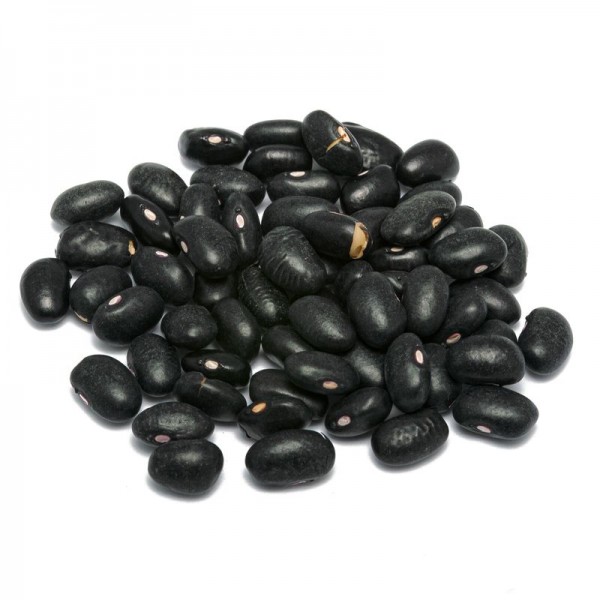




 No reward points for this product.
No reward points for this product.

